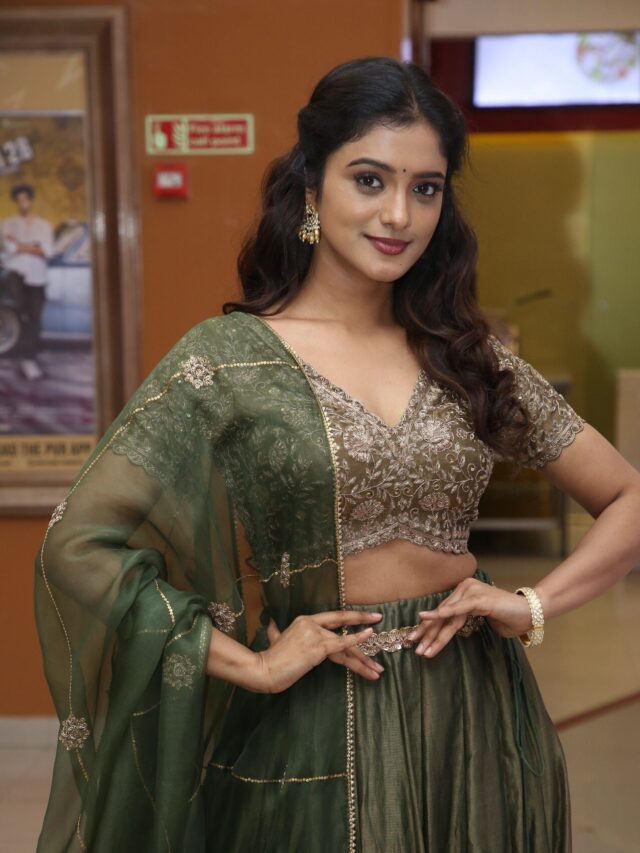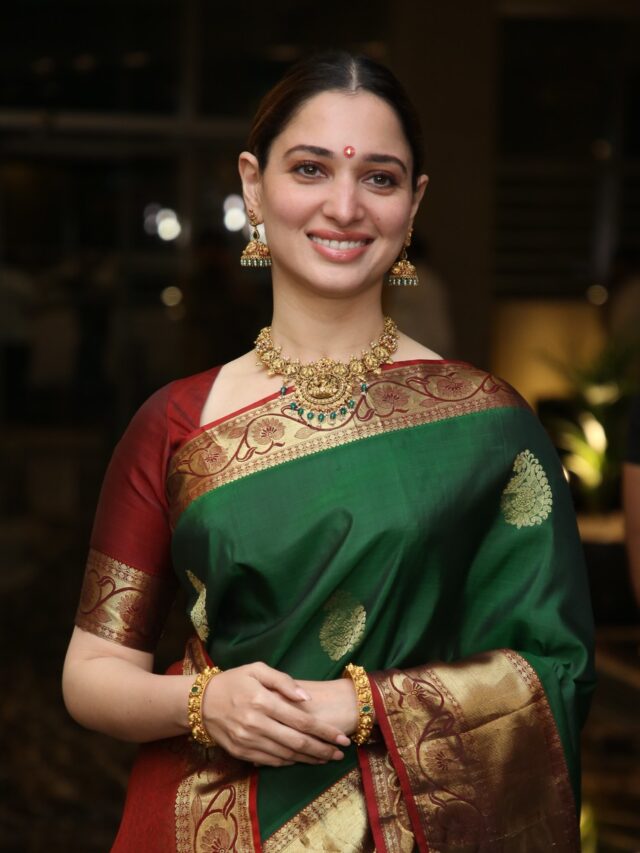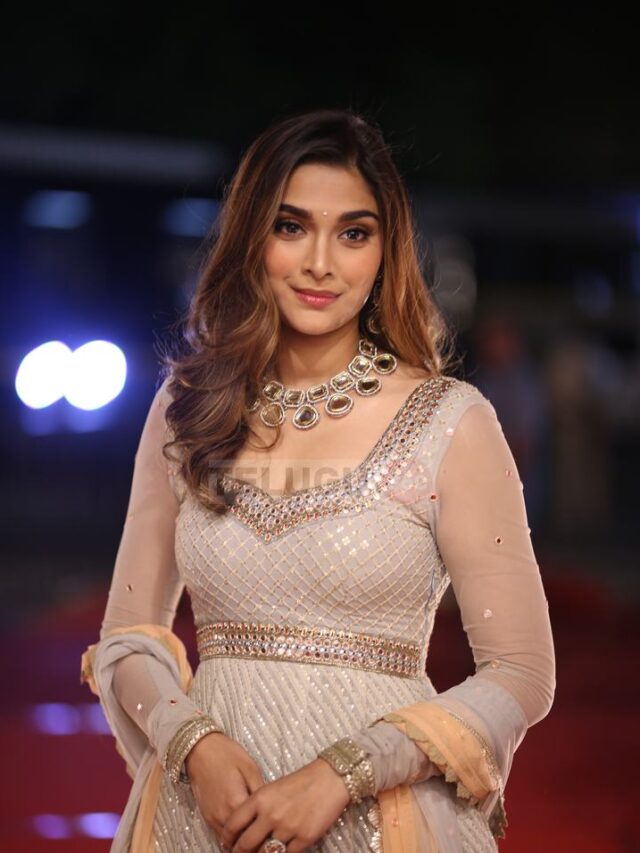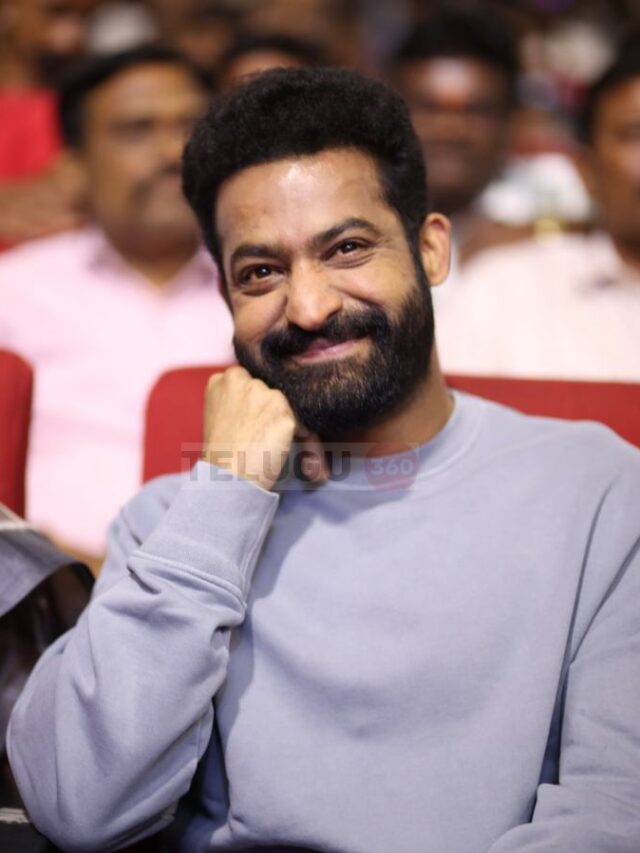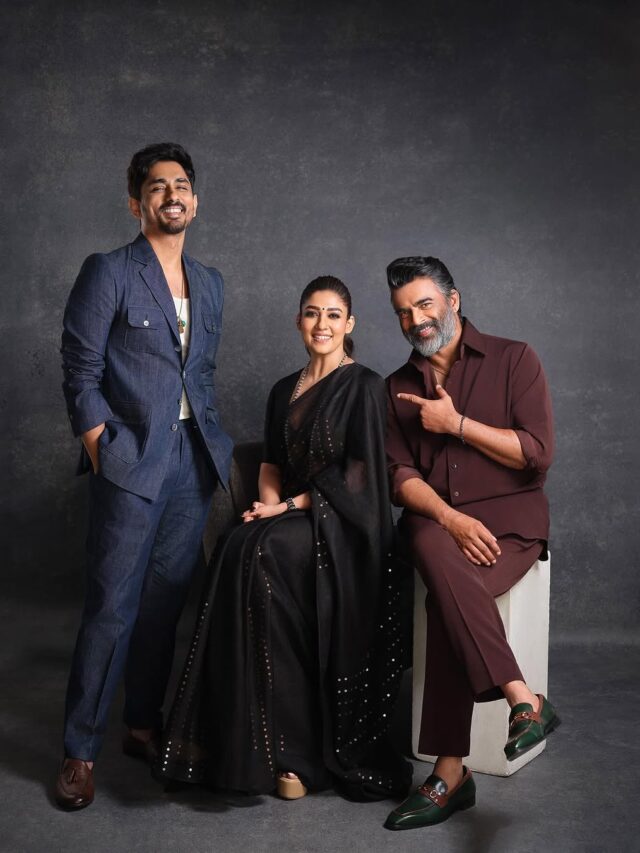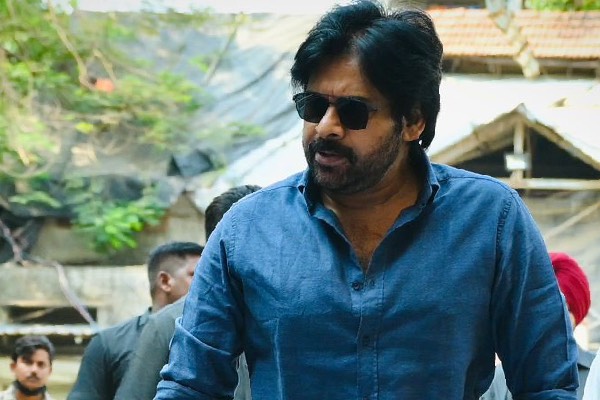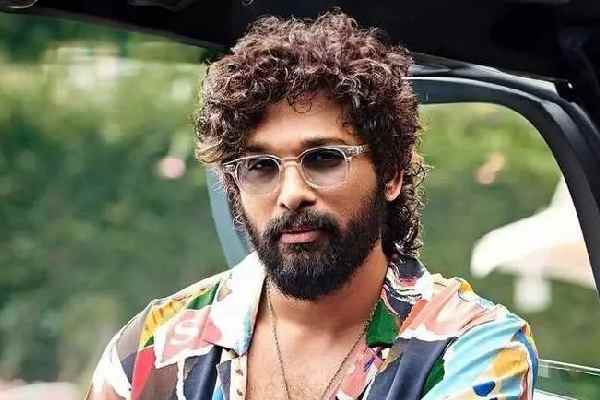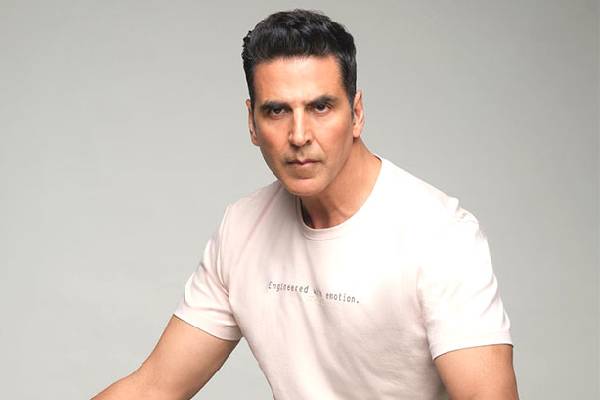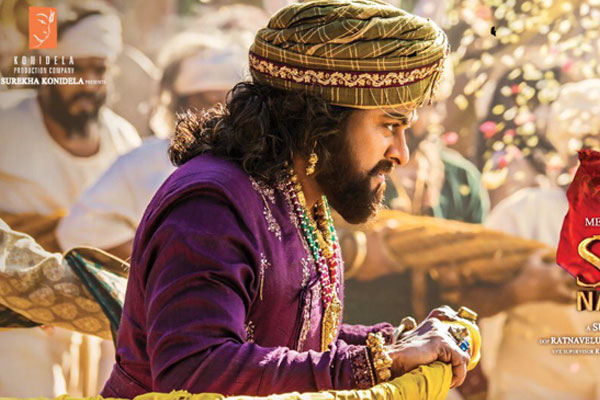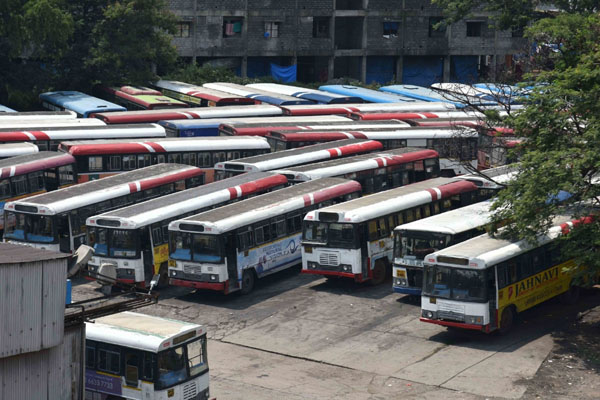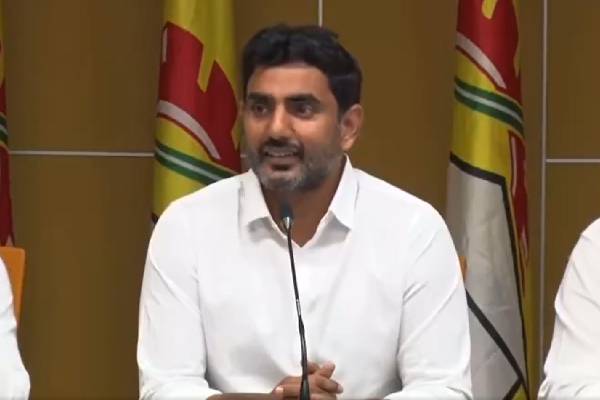By Dr. Shrawan Kumar Aerrola
SyeRaa Narasimha Reddy has been MegaStar Chiranjeevi garu’s dream project since the last decade & a half & now finally , this Magnum Opus has finally hit the theaters. Before I deep dive into the narrative structure & of SyeRaa Narasimha Reddy I want to let the readers know that this think piece is written from a perspective of a film lover, I’m neither a fanatic nor a hater of Chiranjeevi garu, I love him as much as any other average Telugu movie goer, so rest assured, this piece isn’t going to pander or spew vitriol.
Making movies in general is a tough task let alone making movies of this scale & grandeur, that thought hasn’t been lost up on me as I write this. Every movie lover should appreciate the effort that goes into making movies of such scale, that being said, let me walk you through the gamut of emotions that this movie throws at us via the narrative structure , characters & the decisions they take.
Let’s analyze the screenplay of the film & what I liked about it–
SPOILER ALERT
The writing team of this movie has decided to majorly lean on a particular type of narrative device to propel the story forward, for the lack of better terms i shall call that device “The Setup & The Payoff” but it also goes by many other names such as as “Foreshadowing” or if you’re really well versed with the parlance of story telling, you may call it “The Chekhov’s Gun” . what happens in this sort of narrative is that they setup a particular character to do or go through something either via dialogue, action,prop or sometimes via visual cues etc. & they circle back to it at some point later in the film to it’s logical conclusion which reveals the setup’s significance, this is called a payoff. This type of narrative device is very common & writers have been using it since time immemorial & it is very effective as it forms the connective thread which holds up the film together & if done right it will resonate with the audience emotionally and gives them a sense of closure after they’re done watching the film. Now merely setting up & delivering the payoff isn’t enough to make a screenplay compelling, both the setup & the payoff should come at strategic moments in the film & the latter should be propelling the character to a dizzying heights or abysmal lows which makes the movie all the more interesting. This film gets it right most of the time, no wonder when the end credits roll we are overcome by a sense of joy of watching a finely crafted film especially from a narrative point of view. Let us go through the various setups & their payoffs.
1 ) The first setup comes in the form of a verbal cue & this happens with in the first few seconds after the movie has begun, I’m talking about the first scene where Jhansi Laxmi is rallying her soldiers to boost up their morale where she says that a real warrior wouldn’t let go off his/her sword even if they were decapitated in the battle, the payoff comes right in the end when Narasimha Reddy manages to have the last laugh by fatally plunging his sword into Cochrane & his lackey despite being beheaded in the process, it is at this point Narasimha Reddy transcends from being a mere mortal & becomes a symbolic representation of how a warrior ought to be, hence the director uses a silhouette shot as a silhouette emphasizes the act rather than the person.
2 ) The second instance is during the birth of Narasimha Reddy, he was thought to be a stillborn baby but the baby comes back to life & that auspicious day happens to be “Karthika Pournami” & this moment is brought to a full circle where it is on that very same day where Narasimha Reddy’s sojourn as a rebel comes to an end as he is captured on the mountain summit after having lit the fire for one last time, perhaps it alludes to the metaphorical fire he has lit in the hearts of his fellow country men/women?
3 ) The entire speech given by Amitabh ji is one huge foreshadowing, especially the part where he says that it’s not about killing or dying but it’s about winning & true to his word Narasimha Reddy depsite being martyred has achieved symbolic victory.
4 ) Laxmi sees Narasimha Reddy for the first time when she’s underwater & in an ironic payoff, the last time she utters his name is before she engulfed in flames.
5 ) In the very first scene where Narasimha Reddy is introduced we’re told that the reason he can hold his breath for extended periods of time is because he mastered the art of “Jala Sthambhana Vidya” & this setup is paid off in the end when Narasimha Reddy is able to survive the hanging & break free of the noose courtesy of his mastery of the above mentioned skill.
6 ) The conflict with Avuka Raju is setup so as to provide an antagonist to Narasimha Reddy but in an ironic payoff in the end, Avuka Raju proves to be the biggest proponent of Narasimha Reddy’s crusade.
7 ) When Narasimha Reddy explains to the little kid about fighting for your right while feeding him & it’s payoff when the very same kid defies Jackson to hold onto their farm produce , this is a stroke of genius where both the setup & the payoff act as turning points, the former acts as an inciting incident to the entire movie itself where Narasimha Reddy moved by the plight of the people tells Raghu Babu that they wouldn’t be paying the taxes which brings Jackson into the fray & the payoff loops back to remove Jackson from the equation as it’s the death of the very same kid that pushes Narasimha Reddy to kill Jackson. It’s no wonder that this the second most exciting sequence (the climax being the first) in the film, the writing team nailed this payoff.
8 ) Cochrane introduces the Character of Jackson as a hunter & in another ironic payoff the last time we see Jackson, his head is snatched off by the Jaguar. The hunter has become the prey.
9 ) When Jackson challenges Subbaiah to outrun his horse for him to reclaim their lands & how Narasimha Reddy flips it by using the very same horse which was a source of Jackson’s pride to be the source of Jackson’s shame.
When people complain that the first half of this movie was little lackluster it’s because the movie is taking it’s time to set things up so that they can be paid off in a rousing fashion, I think we as an audience need to develop little patience as instant gratification doesn’t always bode well if you seek to witness an epic story.
The very same people praise the second half of the movie for it’s kinetic pace, it’s because it is where the most of the payoffs happen like the post interval confrontation b/w Cochrane & Narasimha Reddy, Avuka Raju’s turn around, Laxmi’s comeback in a new capacity which echoes Narasimha Reddy’s wishes for her & her art. The only new setup that’s introduced in the second half is the whole arc of how Narasimha Reddy chose to deal with the traitors & the arc of Veera Reddy & his son & how the British were smart enough to exploit it. Even this set up & payoff are wrapped up in quick successions so as not to drag it out & dull down the proceedings. In fact the entire second half of the movie is one big action episode with some character moments sprinkled in between so as not to fatigue the audience, for example , how the rebellion sniffs out the traitors amongst them, this again is another payoff courtesy of Avuka Raju’s character. The writers left no stone unturned to milk every last drop of goosebump inducing moments out of the screenplay, especially in the second half & they succeed for most of the time but appear forced at times.
Since we’ve talked about what worked in the film, let’s also talk about what didn’t work for me in the film —
1 ) As I mentioned above, certain moments & emotions appear forced, where do they appear forced you may ask? take the whole Veera Reddy betrayal saga, now on the surface of it, the whole arc is heartbreaking & tear inducing but look deeper & you will see outright manipulation. Manipulation & deception work extraordinarily well when we can’t sense that they’re actually happening but once you’re cognizant of it, it takes you out of the movie watching experience & hence appear forced. when Narasimha Reddy goes for the kill of veera reddy’ son, we cut away from it, now anyone with minimal knowledge about cinema knows that such cuts are highly suspicious, it implies that the director is hiding something, in this case it’s the fact that Veera Reddy’s son is not dead. when in the end it’s revealed that Narasimha Reddy spared Veera Reddy’s sons life, One can see this coming from a mile away there by giving us a feeling that this was done only to manipulate us into feeling sorry for Narasimha reddy when he gets betrayed by his trusted aide for something he didn’t even do. I’m not even gonna go into the logic of the whole sequence, as in how Veera Reddy or others didn’t even try & see the bodies or how is it that the rebellion didn’t send the bodies of these traitors to the EIC (East India Company) so as to send a strong message to EIC to not to mess with them. I won’t go there because one can’t be too stuck up on logic when watching a “mass entertainer” . But my gripe is with the haphazard way it was executed, what should’ve been an emotional punch to the gut ends up looking shoe horned to garner maximum sympathy. Thank god for the impeccable acting prowess of Chiranjeevi garu that this sequence didn’t look outright silly.
2 ) I also didn’t like how the relationship dynamics were always skewed towards Narasimha Reddy when it came to his equation with the female protagonists. The writers seem to have exclusively focused on Narasimha Reddy’s character & denied his female counterparts their moments .This is true especially in the case of Laxmi’s character, now i’m not one of those self proclaimed “woke” guys but would it hurt to have a single compelling female character in a movie? people are under the assumption that Laxmi’s character is one such type, a fierce & strong character, but if you take a look at her characters trajectory you will see why it’s not the case. One of the primary requisites of a strong character is to have agency, the freedom of choice, Laxmi lacks it completely. All her major character choices are determined either by Narasimha Reddy (her deciding to become a performing activist ) or her circumstances which again were a result of not her actions but Narasimha Reddy’s actions (her getting captured just because she is Narasimha Reddy’s object of affection). Even the one shining moment in which Laxmi sacrifices her self is upstaged by Narasimha Reddy when she says that “Her body is only for Narasimha Reddy”, now why do the writers go above & beyond to make everything be about the main character? why can’t they let the other characters have their own moment with out evoking the omnipotent aura of the Narasimha Reddy? The sole purpose of Siddhamma’s character is to disrupt Narasimha Reddy’s pursuit of Laxmi which in turn compels him to push Laxmi to become a performing activist which again is paid off in the second half.
3 ) why was Vijay Setupathi wasted in such an insignificant role? instead of generic Ravi Kishan he should’ve played the traitor, but I guess the makers didn’t want to rub the Tamil audience the wrong way.
4 ) The primary reason behind filling up this movie with so many characters seems to be that it would give the film a larger than life feel to it. How is it that the writing team forgot that it’s not the volume of the characters but the quality of the characters that make the film feel larger than life. what this does is take away the gravitas of the film because there are so many under developed characters on the screen & it also didn’t help that most of the characters are an archetype rather than a properly fleshed out character. obedient wife – check (Nayanthara), a loyal guardian- check (Brahmaji) , token white guys with horrible Telugu accent – check, overly dramatic Indian lackey to the British – check (Raghu Babu), obvious traitor – check (Ravi Kishan). Instead of trying to fill up the screen with as many actors as possible I wish the writers cut down the number of characters that appear on the screen & fleshed out the remaining , especially Cochrane or Jackson, as a history fiend I know that it wasn’t just brute force that put the EIC on the zenith, there were some really smart people operating at the height of their intellect so as to beat us in our own backyard. A battle of wits b/w Narasimha Reddy & one of the English enforcers before the inevitable real battle would’ve taken this film a notch higher.
I didn’t talk about the obvious things about the film like Chiranjeevi garus extraordinary performance, especially in the climax or the superb character of Subbiah or the lavish production values or the dialogues because there are already thousands of people out there singing their praises. My intention in doing this is to shine a light on the backbone of any film, the screenplay writing & it’s impact on the outcome of the film.
By Dr. Shrawan Kumar Aerrola








